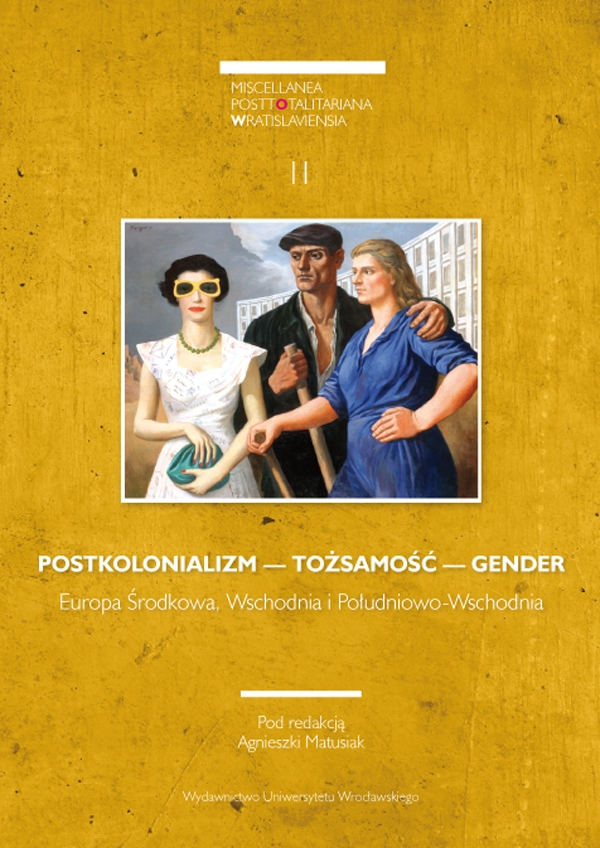

Artykuły

Thank God I’m a woman! Beata Ewa Białecka and her gender dialogs with Christian iconography
The aim of the paper is to analyze the image of a woman in the paintings by Beata Ewa Białecka. The image in question emerges in the manner of a constant dialog with both the traditional Christian iconography, stereotypically decreeing that Eve is to be the symbol of sin, as well as the iconosphere of the popular culture or the world of advertising. On the works, methods adapted from gender studies, post-feminism and the contemporary visual culture are “employed” in the background, being directed towards the investigation of sexual roles and their deconstruction. As a post-feminist artist, Białecka no longer has the need for focusing on the fight for basic rights, as was the case with the so-called first-wave feminism, instead, she concentrates on individual choices, the living conditions in the consumptionist culture, as well as on redefining the status of a woman, functioning within the traditional social roles. On this painter’s canvas, Christian iconography undergoes disassembling and feminization, which is reflected not only in the female representations of the Good Shepherd or Saint Frances, but most prominently in the subversive play with the traditionally-defined masculinity and femininity, or further, in the clear empowerment of the woman. tłum. na ang. Maciej Pokornowski
Слава Богу я женщина! Беаты Эвы Биалэцкой гендерные диалоги с христианской иконографией
Целью текста является анализ образа женщины в живописи Беаты Эвы Биалэцкой, возникающего в непрестанном диалоге как с традиционной христианской иконографией, стереотипно представляющей библейскую Еву как символ греха, так и с иконосферой популярной культуры и рекламным миром. На фоне этих анализов применяются методы гендерных исследований, постфеминизма, а также современной визуальной культуры, направленные на исследование половых ролей и их деконструирование. Биалэцкой, постфеминистской артистке, не надо уже сосредотачиваться на борьбе за основные права, как это происходило при так называемой первой волне феминизма. Она направляет своё внимание на индивидуальные выборы, обусловленность жизни в потребительской культуре, а также переосмысление позиции женщины, функционирующей в традиционных общественных ролях. На холстах этой художницы происходит демонтаж и феминизация христианской иконографии, что отражается не только в представлении женщин как Доброго Пастыря или святой Франциски Инфанты, но, в первую очередь, в субверсивной игре с традиционно толкуемой мужественностью и женственностью, а также в чётком подчёркивании положительных качеств женщины tłum. na ros. Łukasz Piotrowski